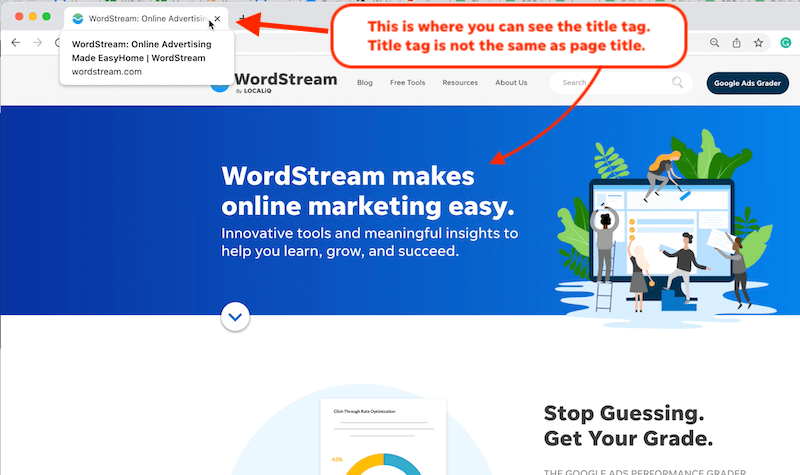Introducing the Unconventional Mediums in Google Analytics Beyond Default Settings
In the world of electronic analytics, Google Analytics stands as a cornerstone for services looking for to understand their online existence. While default setups provide useful understandings, truth deepness of recognizing lies in checking out the unusual mediums that usually go unnoticed. By venturing beyond the surface area and diving right into the details of social media data, email campaign performance, reference traffic sources, direct traffic patterns, and customized channel collections, a treasure of info awaits those going to welcome an extra nuanced approach. However, what lies beneath these non-traditional mediums may just redefine how businesses view and strategize their online initiatives.

Leveraging Social Network Insights
Occasionally ignored, yet tremendously valuable, is the method of leveraging social media sites understandings within the world of Google Analytics. By integrating information from systems like Facebook, Twitter, Instagram, and LinkedIn into Google Analytics, services can gain a deeper understanding of their target market and the performance of their social media projects.
Via this integration, marketing experts can track and evaluate customer behavior on their site that stems from social media sites systems. They can recognize which social media channels are driving the most traffic, which material is reverberating with the target market, and which projects are converting the most leads. This insight permits data-driven choices to enhance social media techniques and enhance general advertising and marketing efficiency.
In addition, by incorporating social media insights with Google Analytics, businesses can create much more targeted and customized projects - what is not considered a default medium in google analytics. They can utilize market info, rate of interests, and on the internet habits collected from social networks to fine-tune their audience segmentation and provide tailored messages that resonate with specific customer teams. This targeted strategy can bring about greater interaction, boosted conversions, and eventually, improved roi
Uncovering Email Campaign Efficiency
Revealing Email Campaign Efficiency entails evaluating vital metrics and performance signs to review the effectiveness of email advertising and marketing efforts. When delving into e-mail project performance, it is important to analyze metrics such as open rates, click-through rates, conversion prices, and unsubscribe prices. By analyzing these metrics, marketing professionals can adjust their e-mail campaigns for better interaction and efficiency.
Studying Reference Traffic Sources
After examining the efficiency of e-mail projects via key metrics such as open rates and conversion rates, the next important action is assessing reference website traffic sources in Google Analytics to understand where site visitors are coming from and exactly how they engage with the website. Recommendation web traffic resources refer to the web sites that route users to your website via clickable web links. By diving right into this data, services can get insights into which external platforms are driving web traffic to their website, whether it be social media sites systems, partner sites, or on the internet directories.
Analyzing referral website traffic can give beneficial details on the performance of exterior advertising efforts and partnerships. It aids organizations recognize high-performing recommendation sources that add dramatically to web site traffic and conversions. Furthermore, by understanding the behavior of site visitors coming from different reference sources, businesses can customize their advertising strategies to maximize interaction and conversions. Google Analytics offers thorough records on reference web traffic, allowing services to track the performance of each recommendation source precisely and make data-driven choices to improve their on-line presence.
Discovering Straight Traffic Patterns
Exploring the direct website traffic patterns in Google Analytics provides useful insights right into user behavior and the performance of campaigns - what is not considered a default medium in google analytics. Straight traffic refers to site visitors that land on a website by directly typing the URL into their browser, using bookmarks, or clicking on untagged links. Comprehending straight website traffic helpful site patterns can assist marketing experts review the influence of offline advertising and marketing initiatives, brand name acknowledgment, and the efficiency of word-of-mouth recommendations
By delving into straight traffic data, businesses can reveal crucial details concerning individual intent and brand loyalty. Assessing the actions of straight visitors, such as the web pages they check out, the moment invested in site, and the conversion price, can supply a deeper understanding of user involvement and the general efficiency of the website in transforming visitors into consumers.
Moreover, tracking straight web traffic patterns in time allows organizations to determine trends, seasonality results, and the success of particular campaigns or promos in driving direct brows through. This info can then be used to improve advertising strategies, enhance website web content, and improve the total individual experience to make the most of conversions.
Making Use Of Custom-made Network Groupings
Using personalized network collections in Google Analytics allows services to classify and evaluate their internet site traffic based upon specific requirements, giving important understandings for optimizing advertising techniques. Custom channel groups enable business to develop their very own personalized collections of website traffic sources, such as social networks, natural search, e-mail campaigns, and referral website traffic. By specifying these groupings, services can obtain a deeper understanding of how different advertising networks add to their website traffic and conversions.
This function is particularly useful for businesses with varied advertising approaches throughout additional reading various platforms. A firm running both paid and natural social media projects can set apart in between the 2 to analyze their specific efficiency properly. In addition, customized network groupings can help determine any type of ignored or undervalued web traffic resources that may be driving useful interaction.
Final Thought

By venturing beyond the surface area and diving right into the ins and outs of social media data, e-mail project performance, recommendation website traffic sources, direct web traffic patterns, and custom channel collections, a prize chest of information awaits those eager to embrace an extra nuanced resource method. They can determine which social media networks are driving the most traffic, which content is resonating with the audience, and which campaigns are transforming the most leads.After reviewing the performance of email campaigns with crucial metrics such as open prices and conversion prices, the following essential action is analyzing recommendation web traffic resources in Google Analytics to recognize where internet site site visitors are coming from and how they interact with the site. Customized channel collections allow business to produce their own personalized groups of website traffic resources, such as social media, natural search, e-mail projects, and reference website traffic. By leveraging social media understandings, revealing e-mail campaign performance, evaluating referral traffic sources, exploring straight website traffic patterns, and using custom-made network collections, marketing professionals can acquire important insights into their on-line visibility.